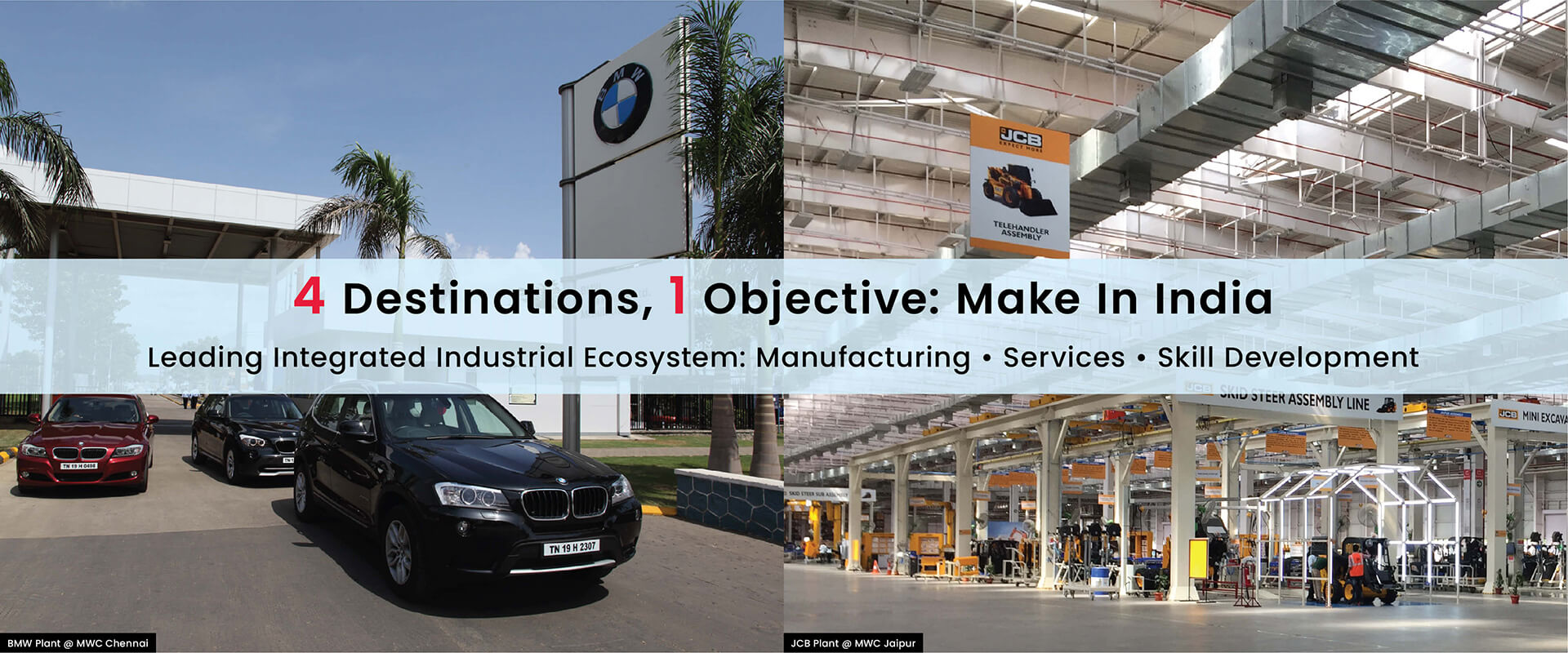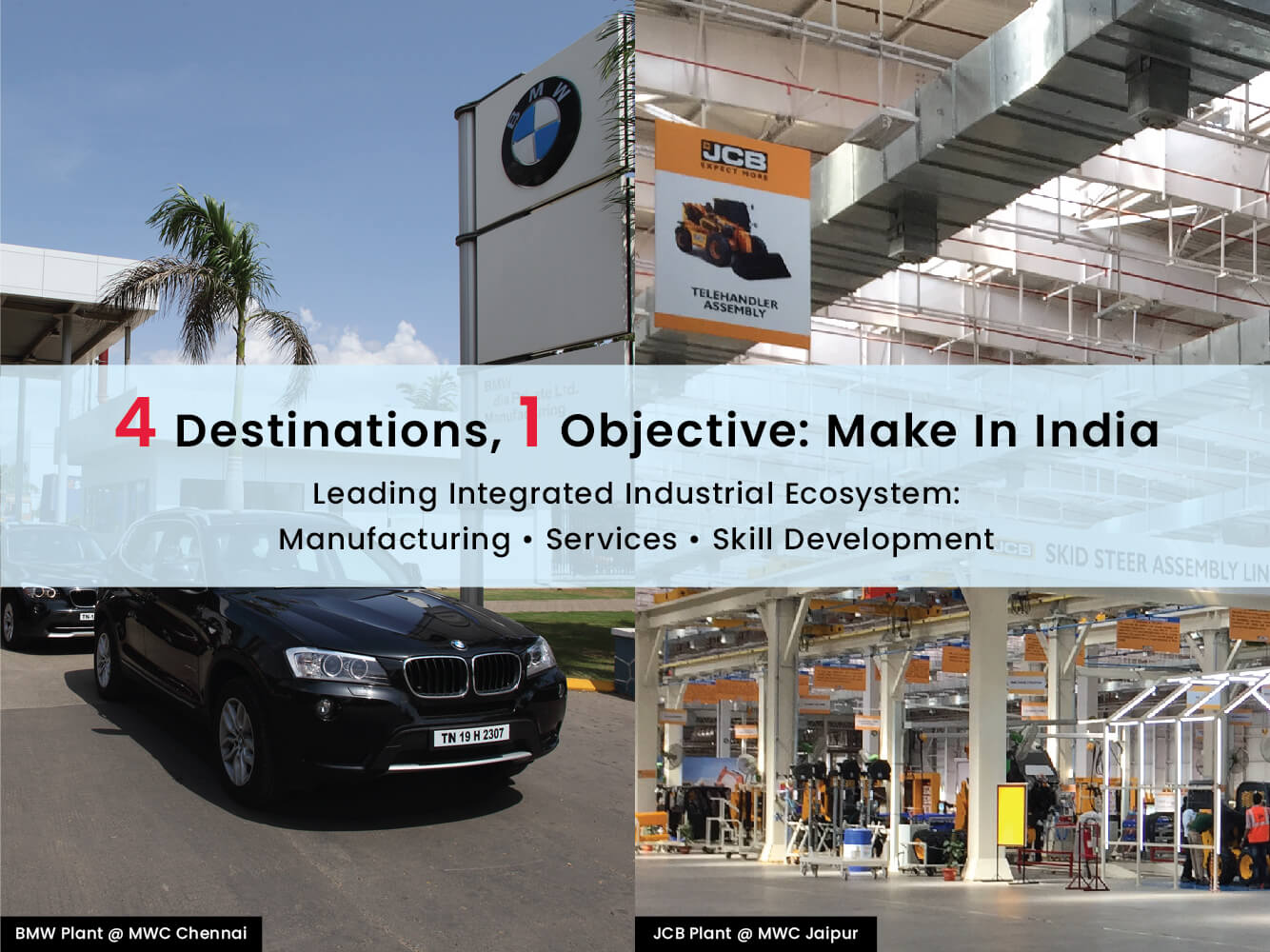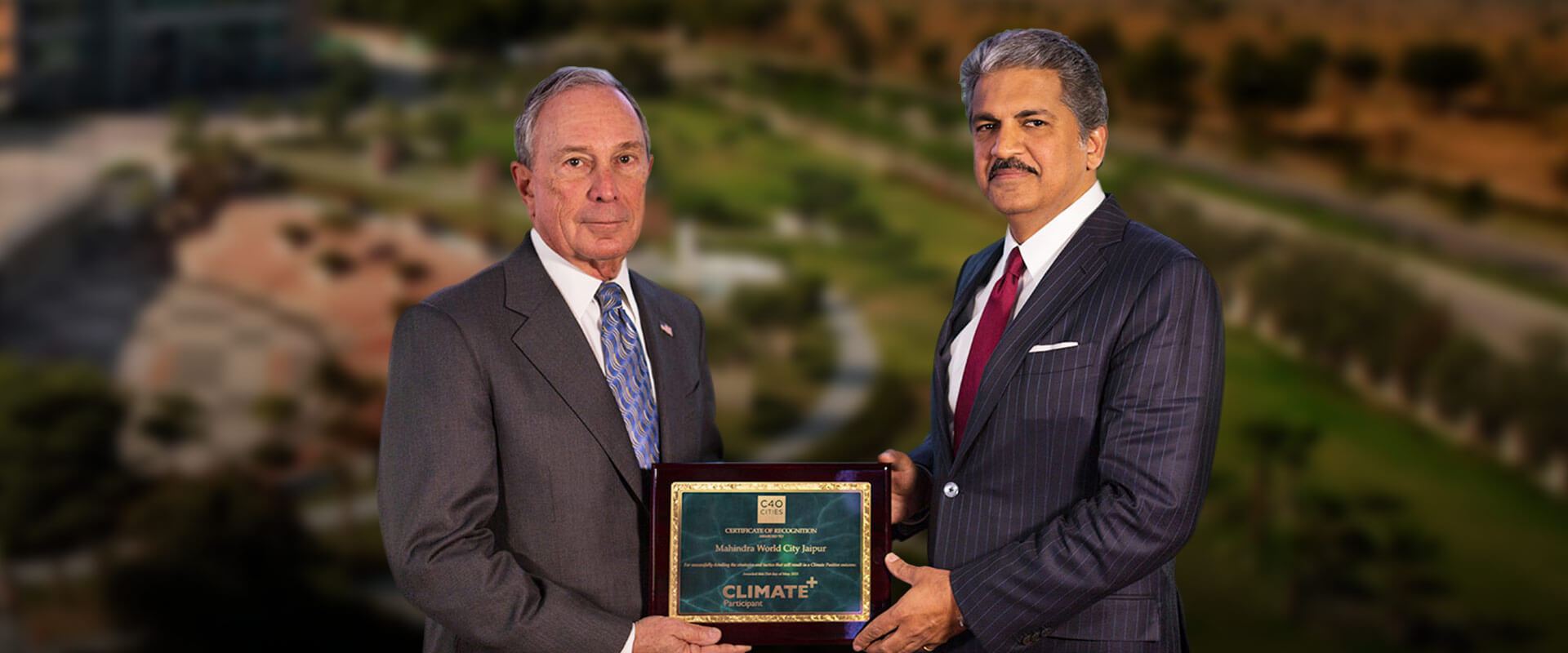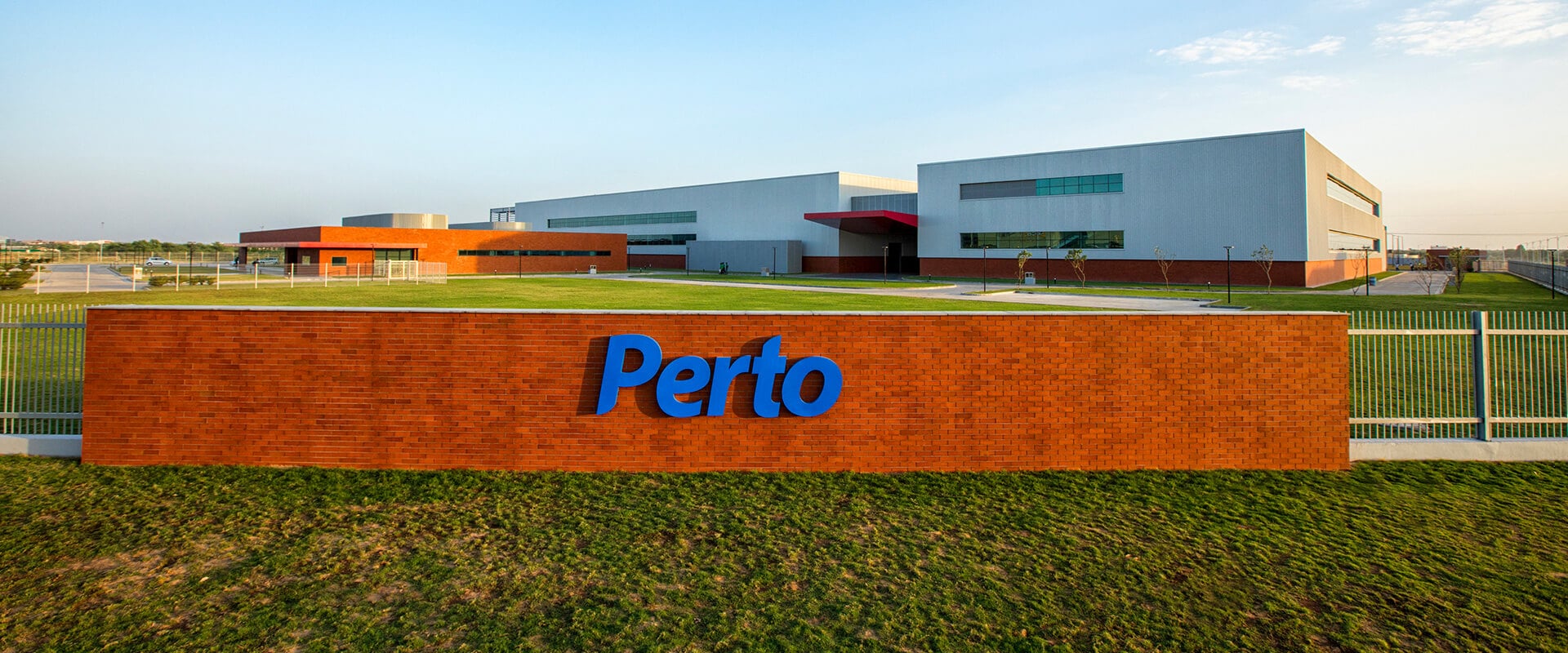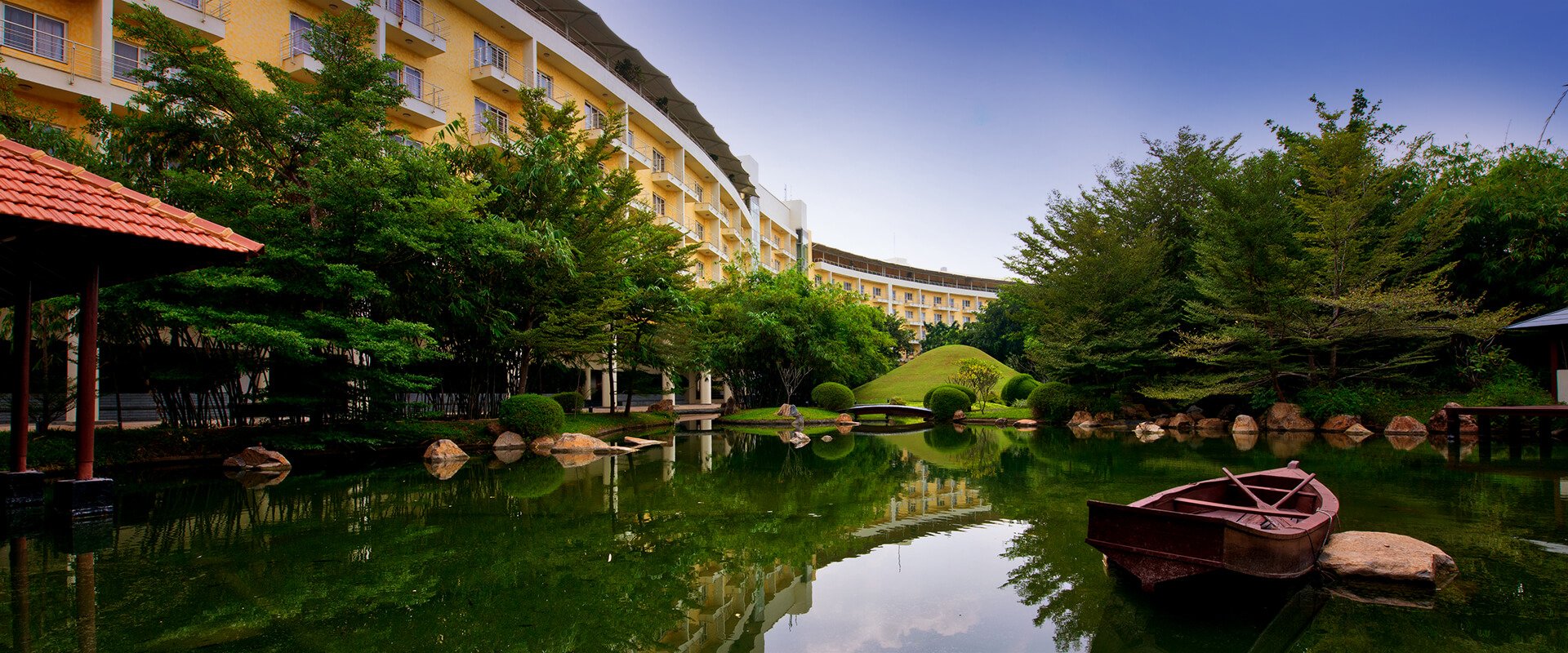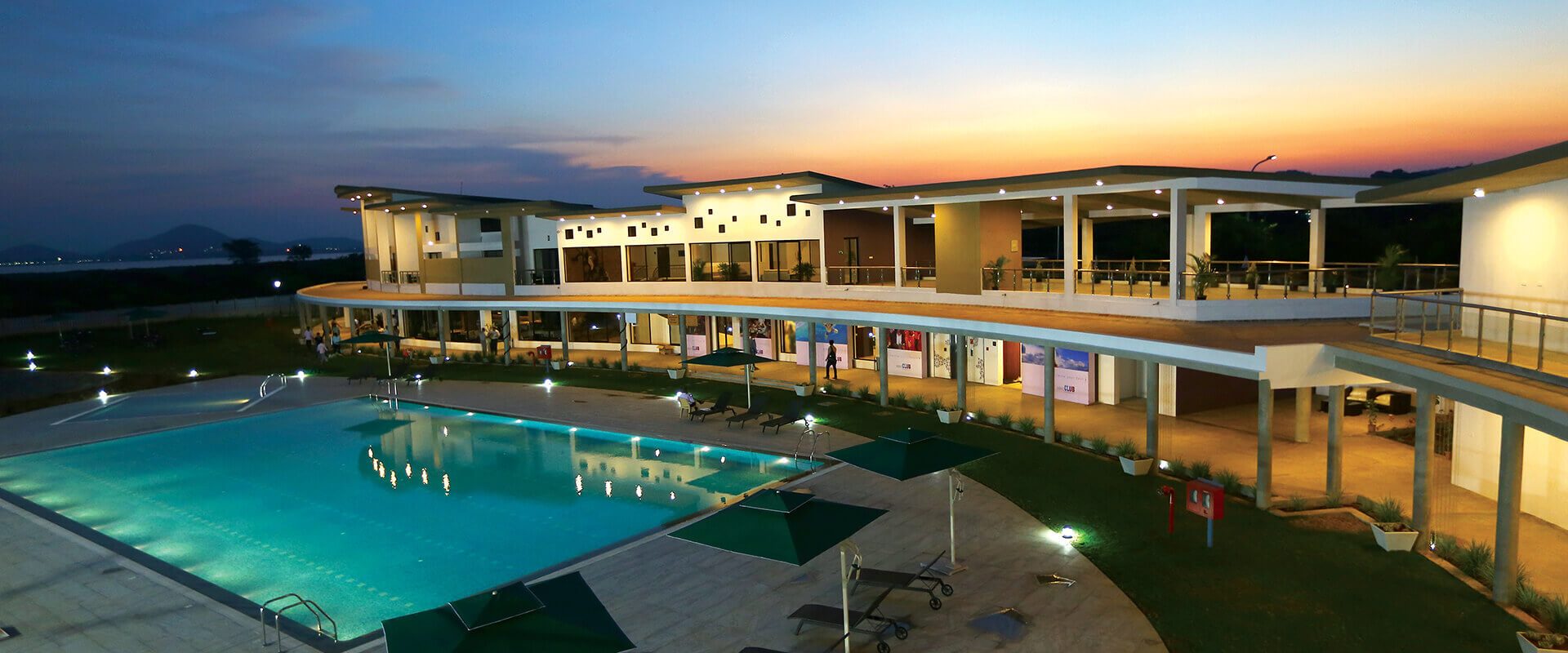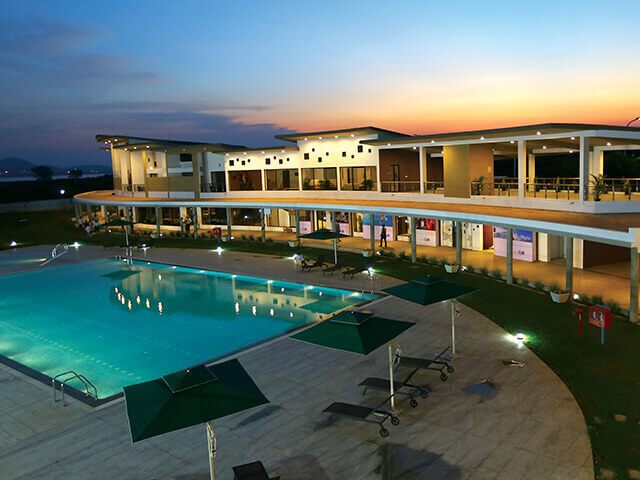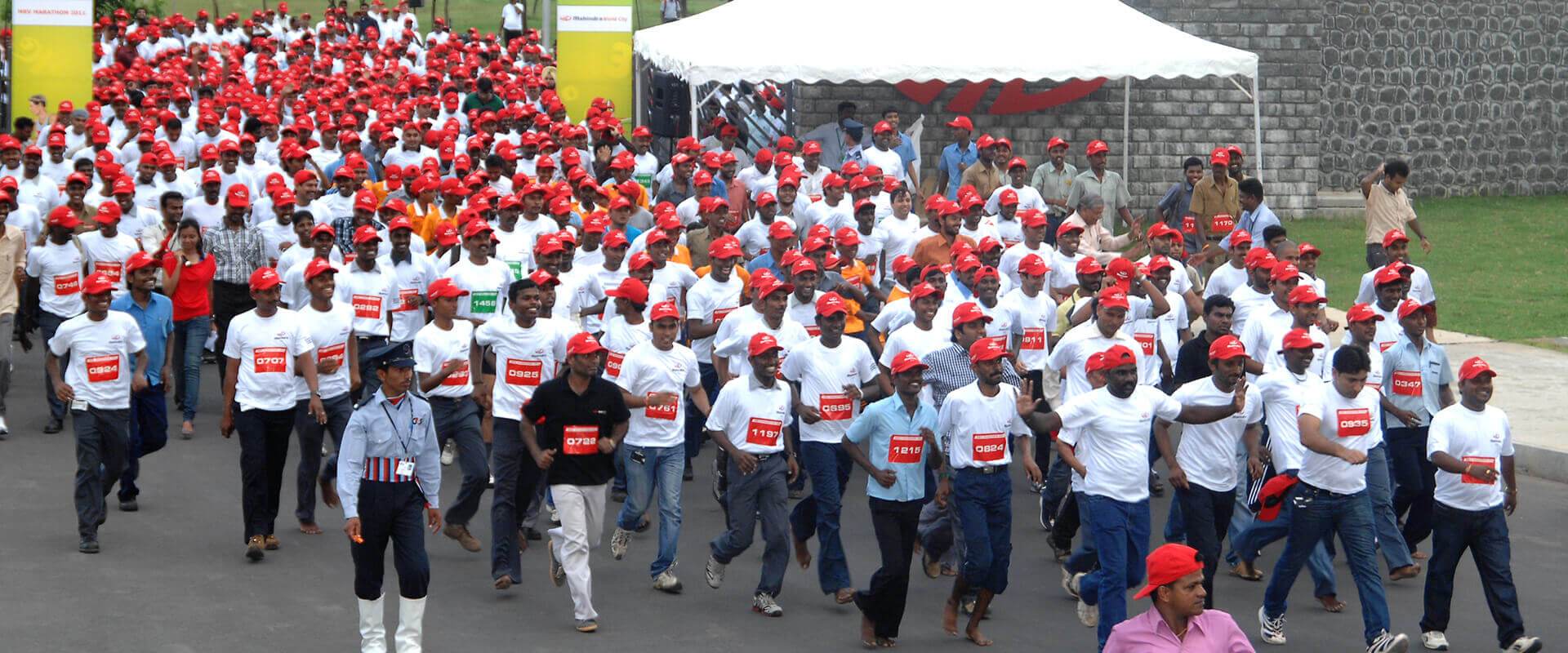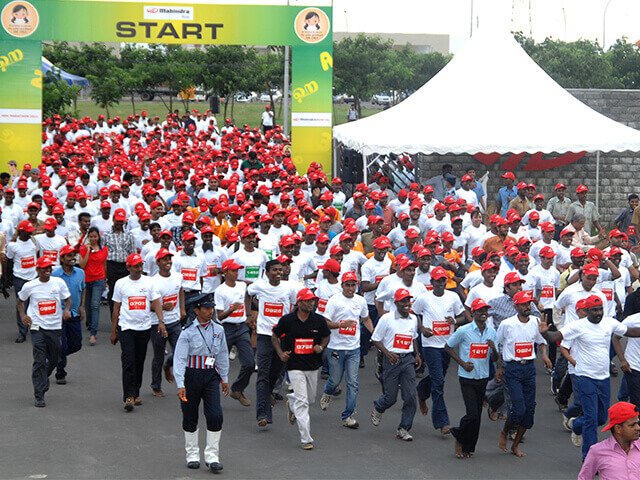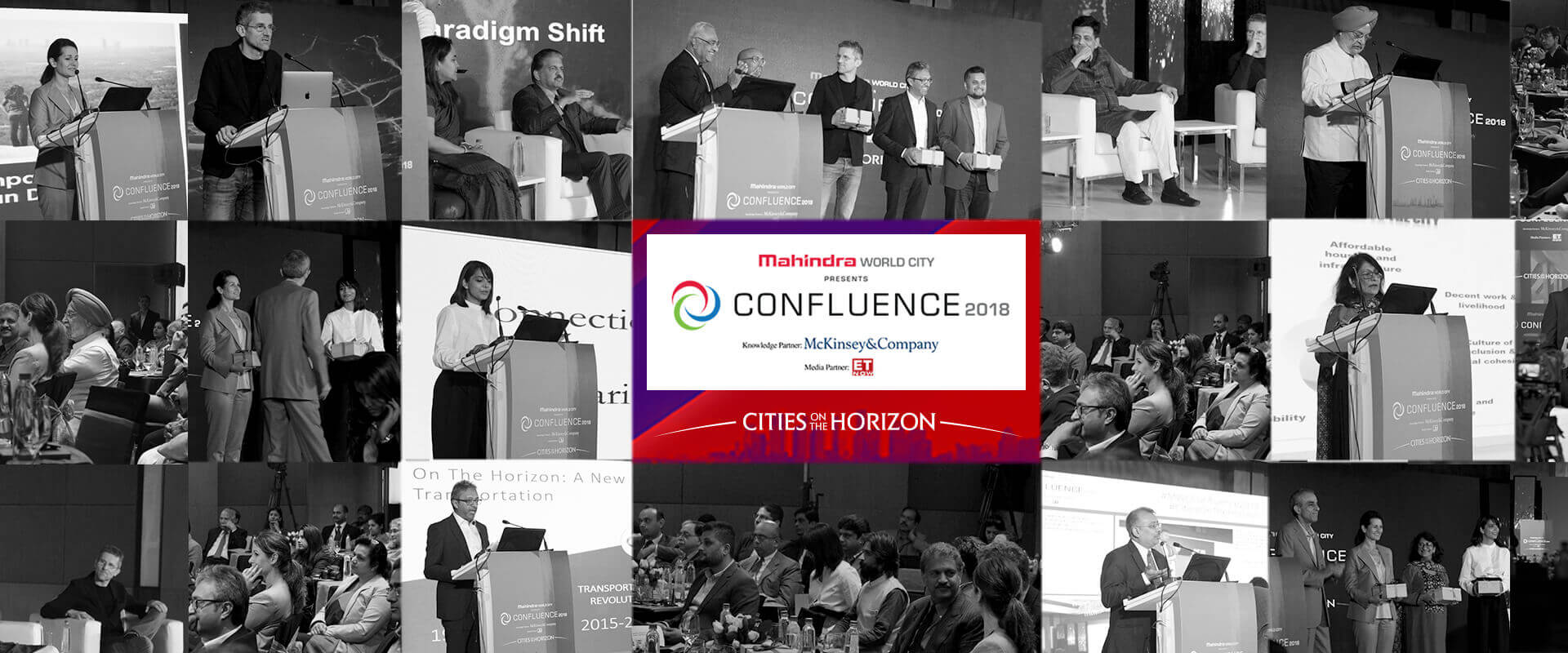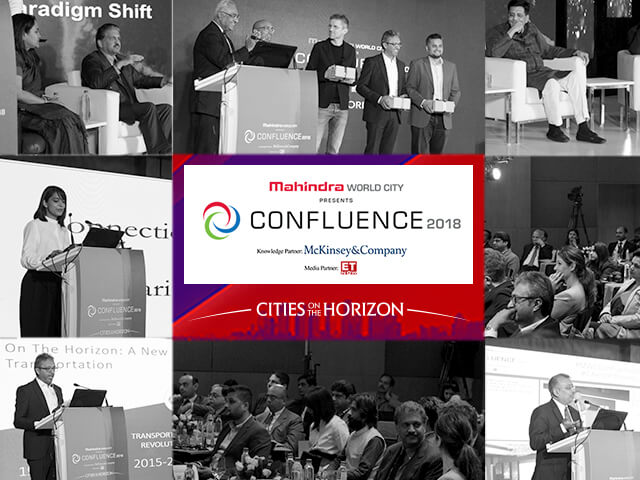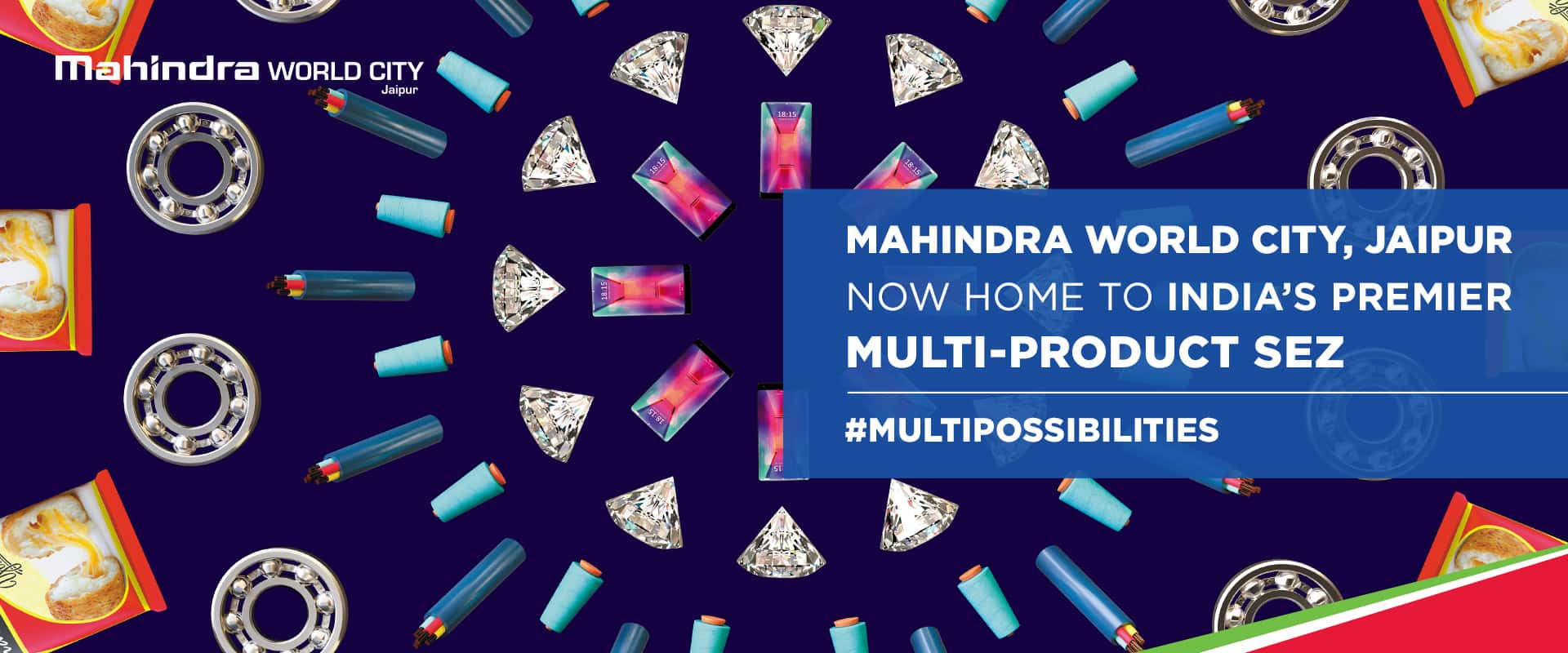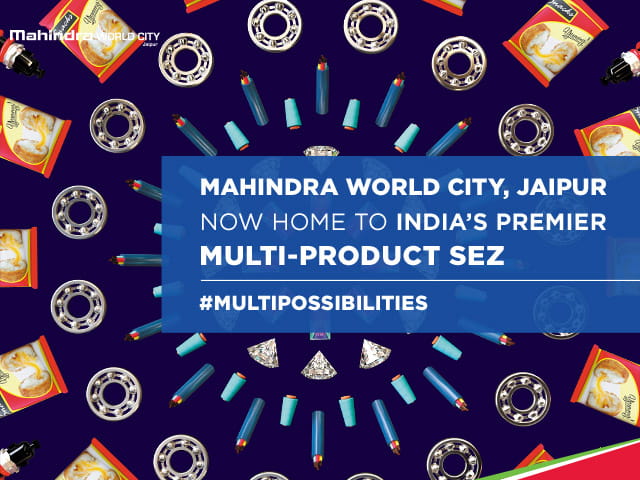How Mahindra Lifespaces changed realty landscape
As its name suggests, Mahindra Lifespace Developers is a property developer, but company executives stress it isn’t any other realty firm.“We aren’t a real estate developer offering land to buy and sell. Instead, we create avenues for people to invest and grow,†says Sangeeta Prasad, CEO, Integrated Cities and Industrial Clusters, Mahindra Lifespace Developers.
“Those buying property speculating price rise aren’t our customers. We lease, be it for industrial or residential customers (perpetual lease), not sell,†she adds.Part of the multi-billion dollar Mahindra & Mahindra (M&M) Group, it builds both residential and commercial property, but it’s the Integrated Cities that sets the publicly-listed Mahindra Lifespaces a class apart.
With metros getting congested, the company recognized the need to go beyond standalone industrial parks or residential structures. “The general view is not to try to be different as the only reason to succeed is to follow the fashion,†she says.
Bucking the trend, it narrowed on integrated cities, which embodies three core tenets: livelihood, living and life. The idea was to create a product that can accommodate different customers. First was industrial, which provides jobs and livelihood. But it can’t just be buildings and robotic spaces.
So the company put another layer i.e., living spaces comprising residential units, followed by the third layerâ€â€life or community spaces. Stripped down to essentials, it’s a microcosm of a city with self-reliant industrial and social infrastructure.
The seeds for the first Mahindra World City were sown in 2002 on the outskirts of Chennai spanning 1,500 acres. That was also a time when the government was toying the idea of SEZs. “We were the first movers, but soon realized that if we were to succeed, we need an industrial anchor. So we roped in players like Infosys, TVS Group, BMW etc in Chennai,†recalls Sangeeta.
While others building SEZs focused largely on the booming IT & ITeS sector, Mahindra again looked beyond, opening the doors for multi-product SEZs. “We explored the combination of SEZ and DTA to cater to different customers,†she explains. The end result was a knockout sale, with over 95 per cent of the 1,000 acres earmarked for industries in Chennai fully occupied as on today.
Riding high on this success, it set up its second integrated city in Jaipur, but this time the scale was much grander encompassing 3,000 acres. Interestingly here, apart from world-renowned MNCs, the cluster provides an equal-footing to a multitude of local businesses. “If south and east India is service-oriented, north Indians are business-minded. We wanted to ensure that local businesses, including small and mid-size have access to our offerings,†says Sangeeta.
In realty, success and failure depend on multiple factors and returns could be uncertain, particularly, if the economy tumbles or industrial growth slackens. But in Mahindra’s case, both projects turned profitable, the reasons for which Sangeeta elucidates with a sense of pride, “We don’t see it as a business, but part of the economic development. The outcome of the business is when both individuals and institutions flourish. Other than this guiding philosophy, what matters is how we transact and conduct business, transparently, responsibly that adds to our success.â€Â
Next in line are industrial parks – one each in Chennai and Gujarat, but these are proposed in smaller scale at about 300 acres each and why? “We want to align these projects with the government’s Make in India concept. Moreover, land procurement is a major challenge,†she reasons.





 Chennai
Chennai  Chennai
Chennai






